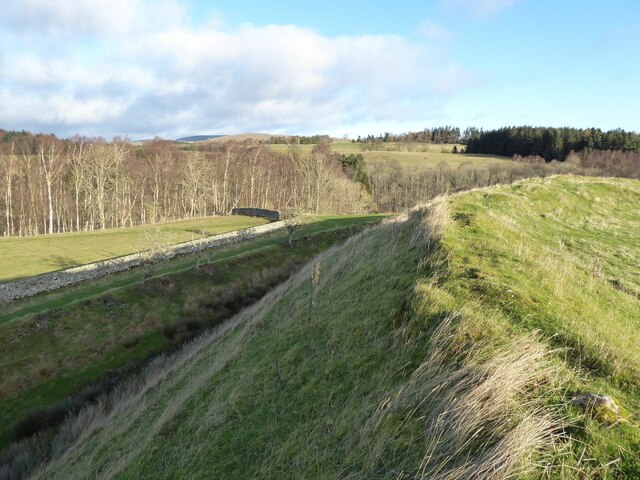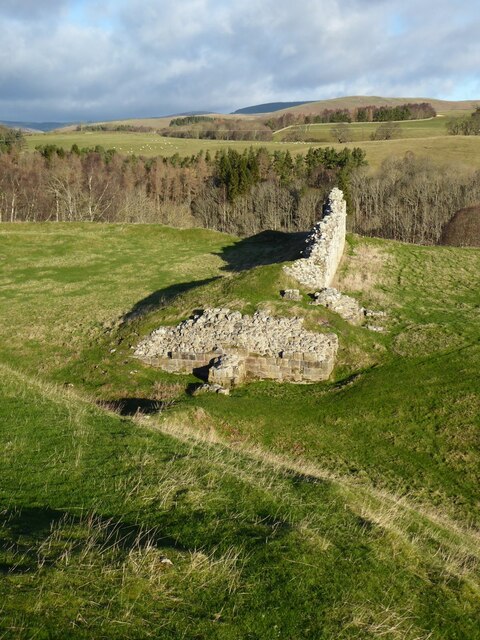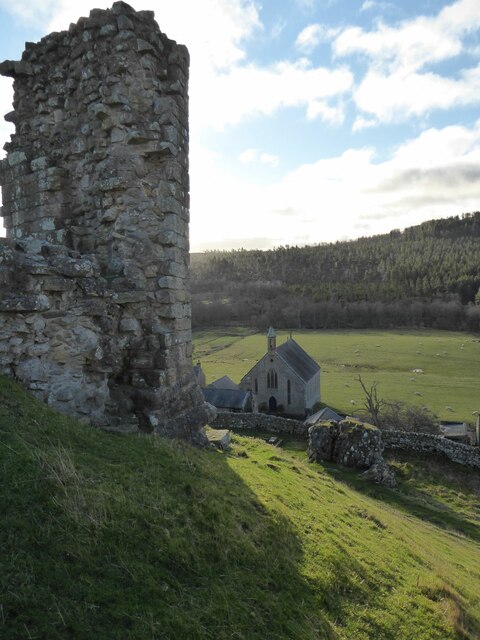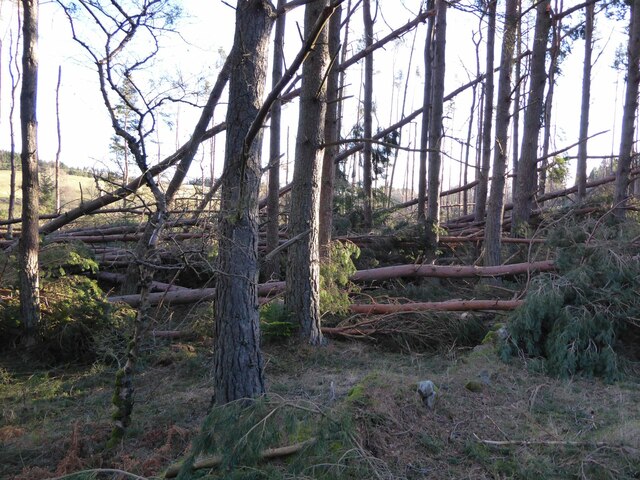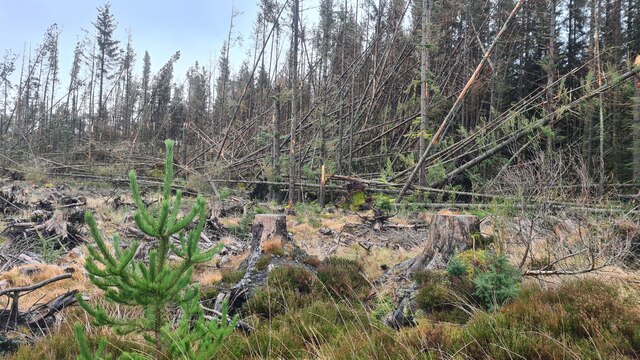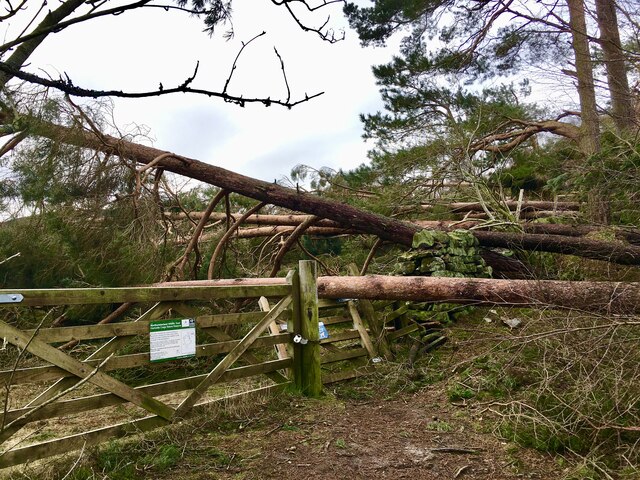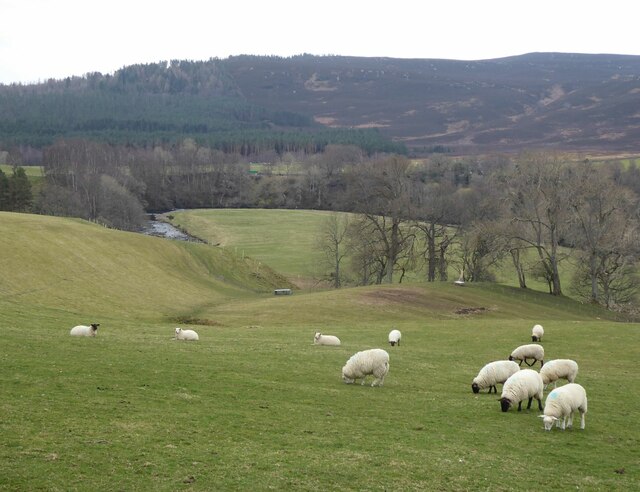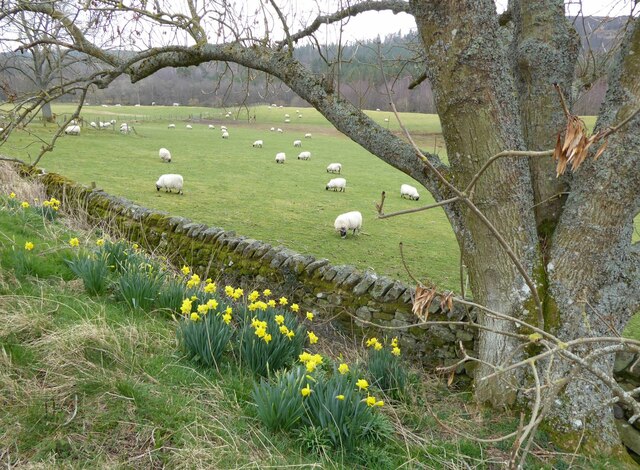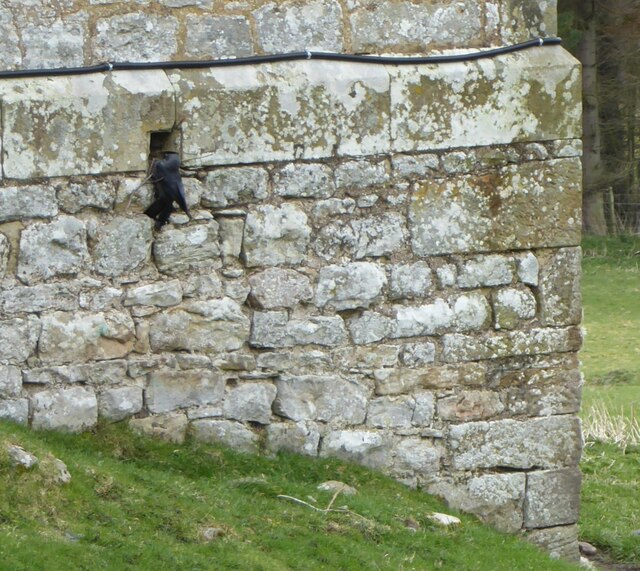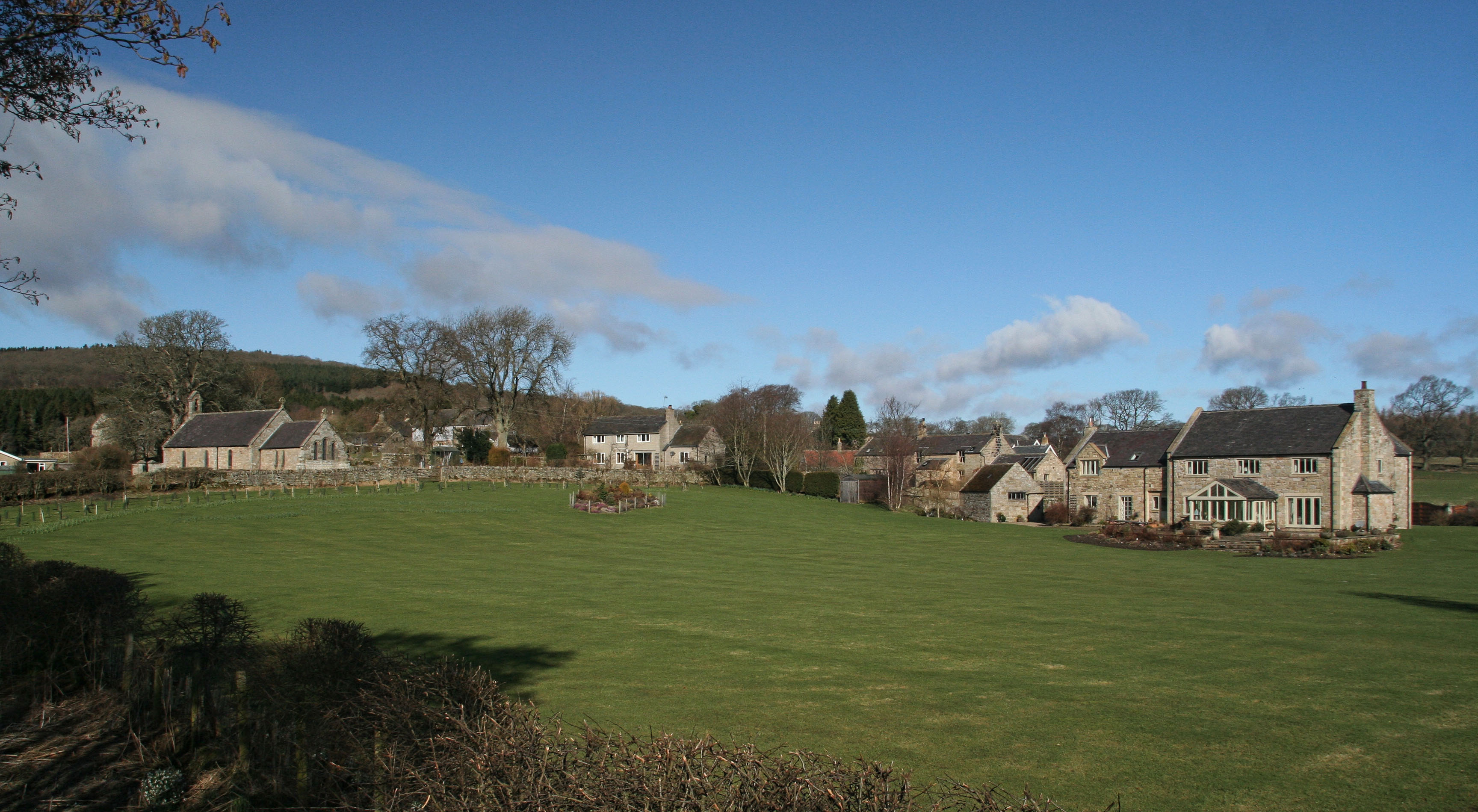Harbottle Wood
Wood, Forest in Northumberland
England
Harbottle Wood
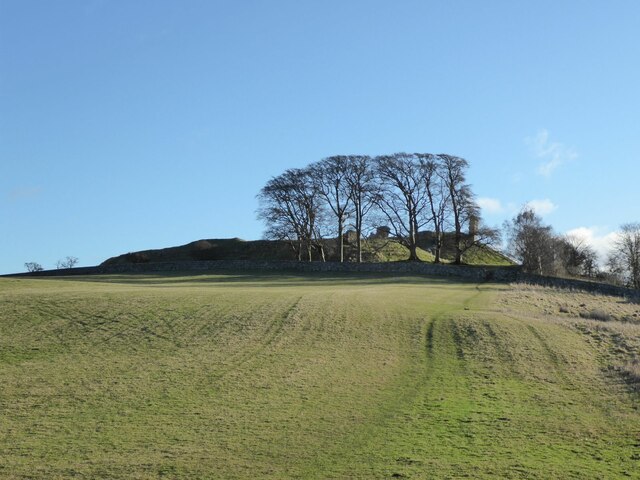
Harbottle Wood is a picturesque woodland located in the county of Northumberland in northern England. Spread over an area of approximately 400 hectares, it is nestled within the stunning Northumberland National Park. The woodland is situated near the village of Harbottle, which lends its name to the forest.
Harbottle Wood is renowned for its natural beauty and diverse flora and fauna. The forest is predominantly composed of native trees, including oak, birch, and beech, which create a dense and enchanting canopy. The woodland floor is carpeted with a variety of wildflowers, such as bluebells and primroses, adding bursts of vibrant colors to the landscape.
The forest is home to a rich array of wildlife, making it a popular destination for nature enthusiasts and birdwatchers. Visitors may catch glimpses of red squirrels, roe deer, and a variety of bird species, including buzzards, owls, and woodpeckers. The tranquil and secluded nature of Harbottle Wood also provides an ideal habitat for many rare and endangered species, making the woodland an important conservation area.
In addition to its natural beauty, Harbottle Wood holds historical significance. The ruins of Harbottle Castle, a 12th-century fortress, can be found within the woodland. These evocative ruins provide a glimpse into the region's medieval past and offer a captivating backdrop for visitors exploring the forest.
Overall, Harbottle Wood is a captivating and diverse woodland, offering visitors a chance to immerse themselves in the beauty of Northumberland's natural and historical heritage.
If you have any feedback on the listing, please let us know in the comments section below.
Harbottle Wood Images
Images are sourced within 2km of 55.330971/-2.1063667 or Grid Reference NT9304. Thanks to Geograph Open Source API. All images are credited.
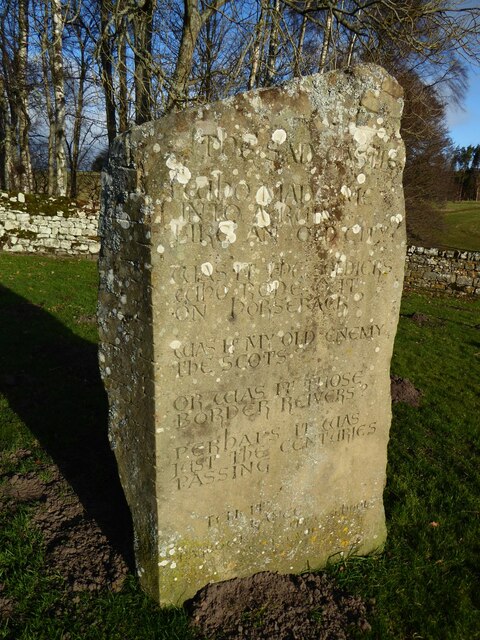
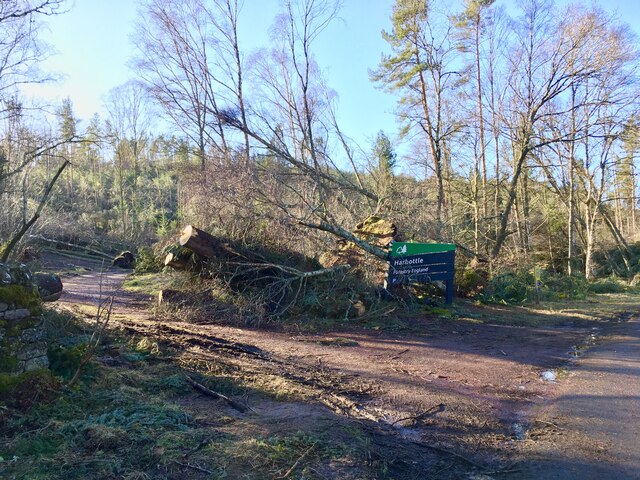
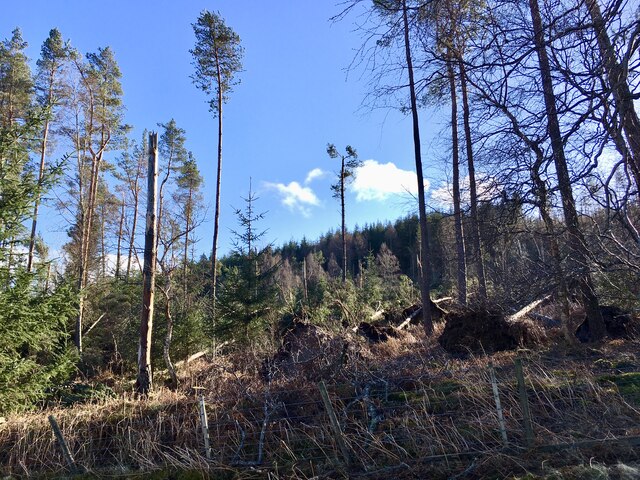
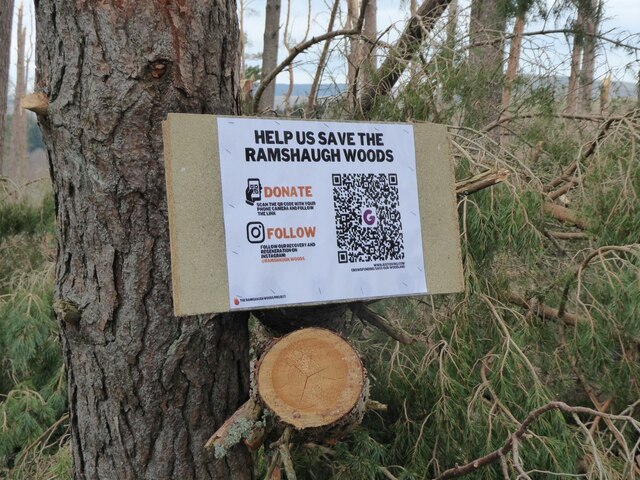
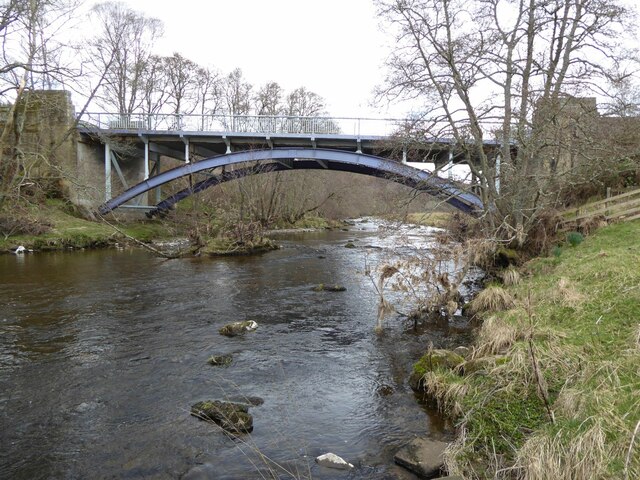
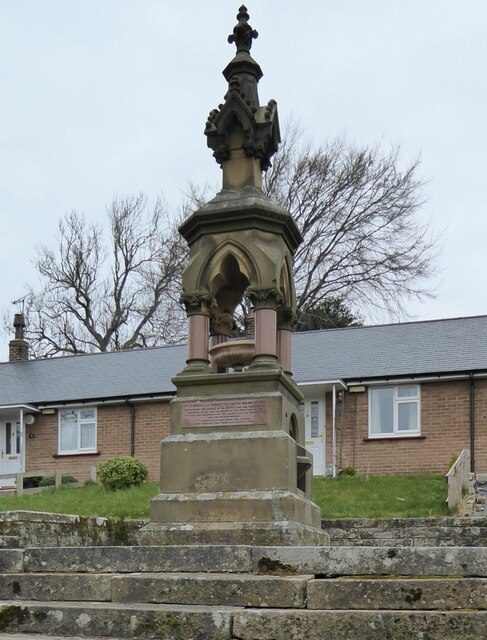
Harbottle Wood is located at Grid Ref: NT9304 (Lat: 55.330971, Lng: -2.1063667)
Unitary Authority: Northumberland
Police Authority: Northumbria
What 3 Words
///lifted.patching.groups. Near Rochester, Northumberland
Nearby Locations
Related Wikis
Harbottle
Harbottle is a village and civil parish in Northumberland, England about 10 miles (16 km) south-east of the Scottish border, in the southeastern part of...
Harbottle Castle
Harbottle Castle is a ruined medieval castle situated at the west end of the village of Harbottle, Northumberland, England, 9 miles (14 km) west-north...
River Alwin
The River Alwin is a short, steep upland river that drains the Kidland Forest on the southern flanks of the Cheviot Hills, in the Northumberland National...
Sharperton
Sharperton is a small settlement and former civil parish, now in the parish of Harbottle, in Northumberland, England. Sharperton is the site of a deserted...
Alwinton
Alwinton (previously named "Allenton" and sometimes still referred to as this) is a village and former parish in Northumberland, England. Alwinton is named...
Holystone, Northumberland
Holystone is a small village and former civil parish, now in the parish of Harbottle, in Northumberland, England. It lies on the edge of (and just within...
Barrow Meadow
Barrow Meadow is a Site of Special Scientific Interest (SSSI) in north Northumberland, England. The site is a species-rich hay meadow of a sort now rare...
Clennell Hall
Clennell Hall is an historic manor house, now operated as a country hotel, situated at Clennell, near Alwinton, Northumberland, England. It is a Grade...
Have you been to Harbottle Wood?
Leave your review of Harbottle Wood below (or comments, questions and feedback).
